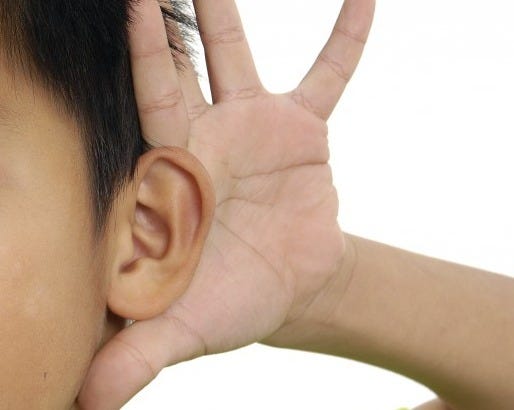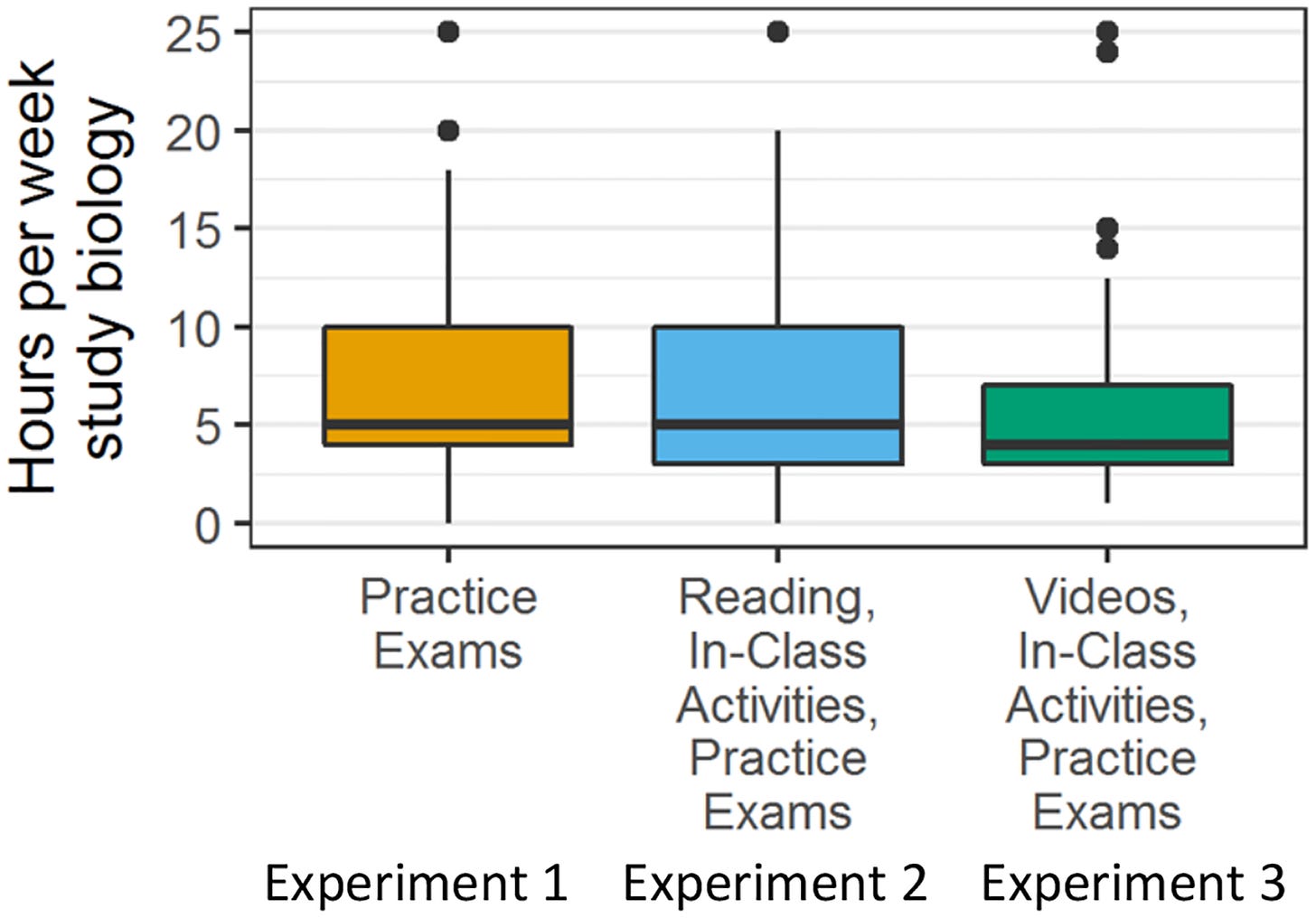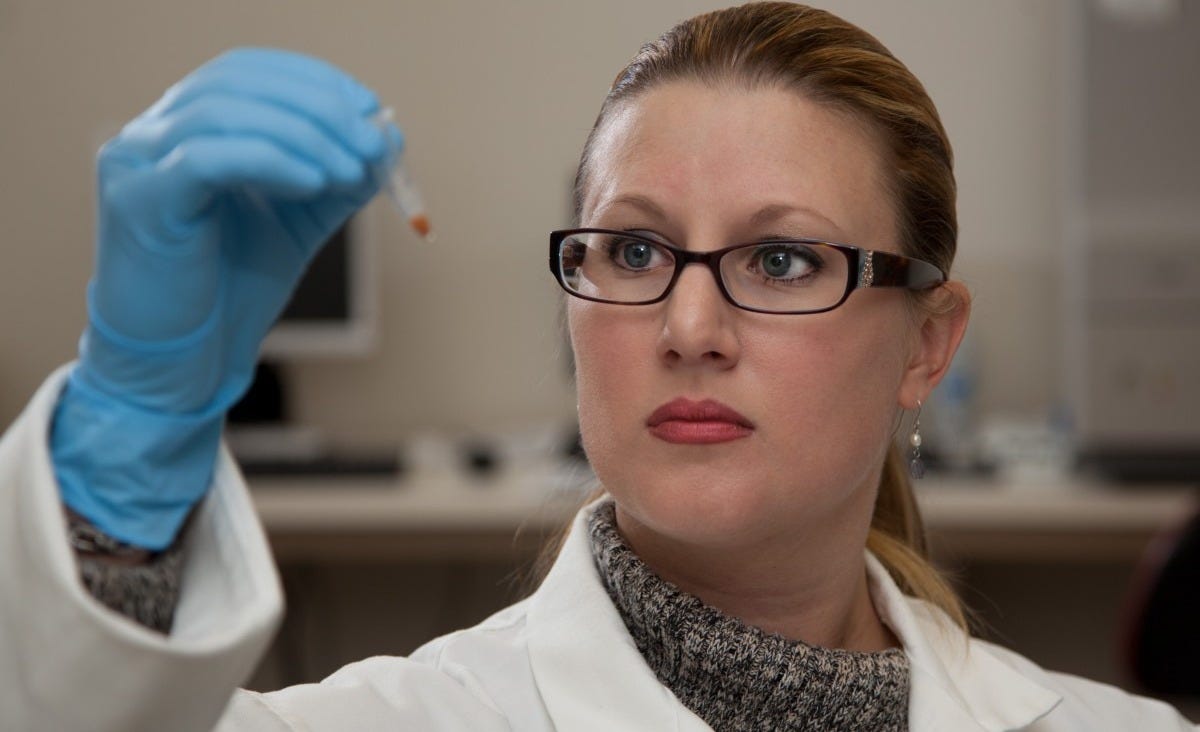Sci-Ed Update 345
Using the uncertainty handbook, misdiagnosed dementia, who is in our class, hearing loss predicts heart failure, brain-to-voice improves, true grit in applying high structure, gut affects joints, more
Gut-joint axis: beyond wear and tear at the joint
Osteoarthritis is the most prevalent joint disorder worldwide and a leading cause of chronic pain and disability in older adults.
Traditionally, it has been regarded as a degenerative disease driven by mechanical wear and tear (1, 2). However, emerging evidence highlights the role of metabolic pathways in the pathogenesis of osteoarthritis (3, 4).
For instance, obesity predisposes individuals to osteoarthritis even in non–weight-bearing joints, indicating that chronic metabolic inflammation and altered lipid metabolism—rather than mechanical overload alone—can drive cartilage breakdown. However, mechanisms underlying the links between metabolism and disease progression remain poorly understood, limiting the ability to develop new therapeutic approaches.
On page 48 of this issue, Yang et al. (5) report compelling evidence for a gut-joint axis involving bile acid metabolism and glucagon-like peptide 1 (GLP-1) signaling in osteoarthritis development, advancing the understanding of osteoarthritis pathogenesis and opening new avenues for therapy.
Read more→ AandP.info/744f7b
Who is in Our STEM Courses and How do We Know?
The aim of inclusive education is to provide a supportive space for students from every background. The theory of intersectionality suggests that multiple identities intersect within social spaces to construct specific positionalities. To support the heterogeneity of all students, there is a need to understand who is in our Science, Technology, Engineering and Mathematics (STEM) courses and how we would go about assessing this.
This article problematizes the traditional approach to demographic data collection and presents the beginnings of an alternative approach. The study utilized qualitative and quantitative data in order to examine the way students self-describe within a large multi-institutional program. There were 2,082 students presented with 12 identity categories and asked to specify which of these identities were important to them for their own self-definition and then write an open self-description. The data was analyzed using descriptive statistics, comparative proportional usage analyses of identity categories by traditional demographic groupings, and hierarchical cluster analysis of identity variables.
The results showed that the majority of students use multiple categories of identity in combination, that these identity preferences differ in relation to traditional demographic categories, and that there were four underpinning identity orientations consisting of a focus on heritage, health, self-expression, and career.
Read more→ AandP.info/8b71e5
Hearing Loss Could Predict Heart Failure
Hearing loss might predict heart failure
People with hearing loss are 15% to 28% more likely to develop heart failure
Use of a hearing aid did not lower a person’s heart risk
Read more→ AandP.info/9e8e6d
How to Use this Handbook (Preparing Students for Uncertainty in Health Professions: A Handbook for Educators)
Back in Update 333, I introduced you to Preparing Learners for Uncertainty in Health Professions: A Handbook for Educators, providing a link for you to download this free resource. Now, I offer a link to a handy how-to-use this handbook infographic. In case you are uncertain about how to use it. 🤣
Read more→ AandP.info/53c616
Pulse Check: A Year in Review & What’s Next for A&P Teaching
“It’s tough to make predictions, especially about the future,” said Yogi Berra, but that’s never stopped me before! In this annual episode, we’ll revisit last year’s educational forecasts, explore what’s popped (and what’s fizzled), and check the tea leaves (and little gray cells) once again. With help from colleague Jerry Anzalone—and some cheeky assistance from AI—we’ll bravely map out what’s next for anatomy and physiology education, all seasoned with empathy, wit, and a cautionary look at history’s lessons. Buckle up: predicting the future is a bumpy—but fascinating—ride!
0:00 | Introduction
0:42 | Season 7 Debrief
7:32 | Virtual Library of TAPP Episodes*
10:15 | How Did We Do Last Year?
27:29 | Manuel the AI Assistant*
33:45 | Jerry Calls in to the Podcast Hotline
34:55 | Jerry’s Look at the Coming Year
42:05 | Badges and LinkedIn*
44:31 | Kevin’s Look at the Coming Year
52:39 | Staying Connected
* Breaks
To listen to this episode, click on the play button above ⏵ (if present) or this link→ theAPprofessor.org/podcast-episode-153.html
Brain-to-voice neuroprosthesis restores naturalistic speech
Marking a breakthrough in the field of brain-computer interfaces (BCIs), a team of researchers from UC Berkeley and UC San Francisco has unlocked a way to restore naturalistic speech for people with severe paralysis.
This work solves the long-standing challenge of latency in speech neuroprostheses, the time lag between when a subject attempts to speak and when sound is produced. Using recent advances in artificial intelligence-based modeling, the researchers developed a streaming method that synthesizes brain signals into audible speech in near-real time.
As reported today in Nature Neuroscience, this technology represents a critical step toward enabling communication for people who have lost the ability to speak. The study is supported by the National Institute on Deafness and Other Communication Disorders (NIDCD) of the National Institutes of Health.
Read more→ AandP.info/29003e
True Grit: Passion and persistence make an innovative course design work
Our first two experiments on adapting a high-structure course model to an essentially open-enrollment university produced negative or null results. Our third experiment, however, proved more successful: performance improved for all students, and a large achievement gap that impacted underrepresented minority students under traditional lecturing closed. Although the successful design included preclass preparation videos, intensive active learning in class, and weekly practice exams, student self-report data indicated that total study time decreased.
Faculty who have the grit to experiment and persevere in making evidence-driven changes to their teaching can reduce the inequalities induced by economic and educational disadvantage.
Kevin Patton comment→ A lesson here is that when applying a high-structure model to a course, don’t get discouraged if it’s messy the first few tries. Learn more about high-structure A&P courses at Blueprints for Learning: Justin Shaffer on Structured A&P Course Design
Read more→ AandP.info/75e9d1
What happens to health research when ‘women’ is a banned word?
Researchers say threats to federal research funding and President Donald Trump’s promise to eliminate any policy promoting “diversity, equity and inclusion” are threatening a decades-long effort to improve how the nation studies the health of women and queer people, or improve treatments for the medical conditions that affect them. Agency employees have been warned not to approve grants that include words such as “women,” “trans” or “diversity.”
That could mean halting efforts to improve the nation’s understanding of conditions that predominantly affect women, including endometriosis, menopause, infectious diseases contracted in pregnancy and pregnancy-related death. It could also stall research meant to treat conditions such as asthma, heart disease, depression and substance abuse disorders, which have different health implications for women versus men, and also have outsized impacts on LGBTQ+ people and people of color — often underresearched patients.
Read more→ AandP.info/17a21f
Up to 13% of Dementia Cases May Actually Be a Misdiagnosed Treatable Condition
As the global population ages, more of us face frightening cognitive decline, personally or in our loved ones. There are over 10 million new cases of dementia globally each year.
But a study published last year suggests up to 13 percent of people diagnosed with dementia in the US may have a misdiagnosis and are instead left struggling with a condition that can be treated.
"Health care providers [must be] made aware of this potential overlap between dementia and hepatic encephalopathy, which is treatable," said Virginia Commonwealth University hepatologist Jasmohan Bajaj in July 2024.
Hepatic encephalopathy – cognitive impairment caused by liver failure – impacts more than 40 percent of patients with advanced liver disease (cirrhosis). The brain impairments it causes are hard to distinguish from dementia.
Read more→ AandP.info/09bfeb











